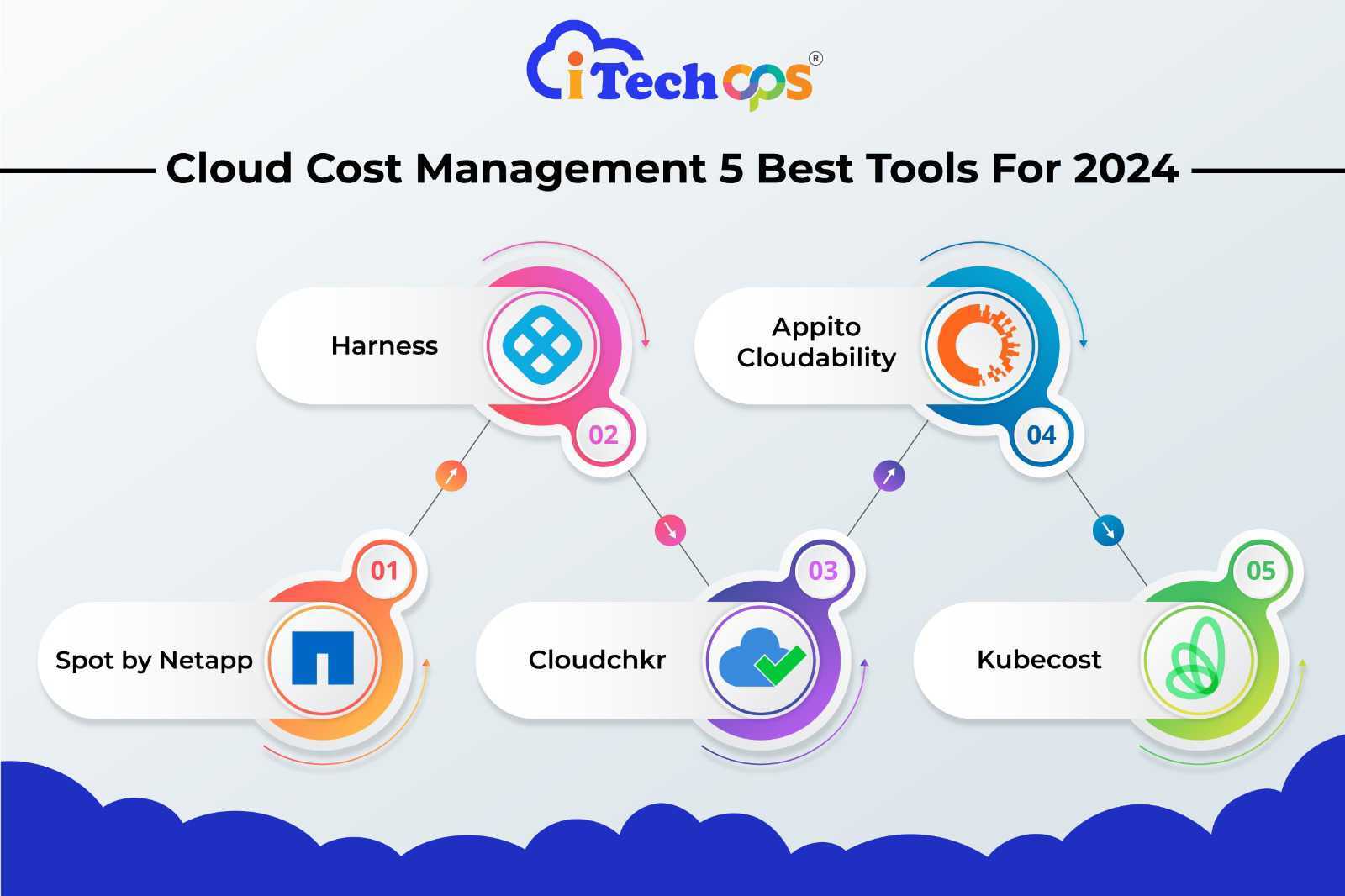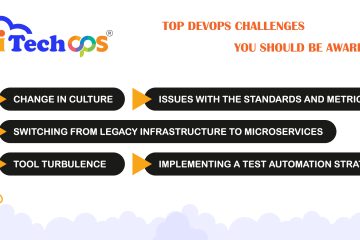Cloud Cost Management- 5 Best Tools For 2024

Are you struggling to keep your cloud computing costs under control? If so, cloud cost management tools are the ideal solution. These tools manage or reduce companies’ cloud computing costs by checking their resource usage and actual computing demand. Thus, they help businesses reduce waste through automatic usage adjustments to achieve their goals.
Today’s online market has so many cloud cost management software that it’s difficult to find the ideal software for yourself. But let’s dig in to find some of the most efficient cloud cost management tools online.
Most Amazing Cloud Management Tools in 2024
1. Spot by Netapp
Spot by Netapp is one of the most popular cloud management tools. It divides your cloud infrastructure and gives you insight into each layer. With this tool, you may further filter expenses layer by layer.
Advantages
1. With Spot, you can easily see where your money is going by breaking down expenses into different parts, such as namespaces, workloads, and layers of infrastructure.
2. Spot by NetApp keeps an eye on how much your apps are being used and gives you tips on adjusting resources to match so you don’t overspend.
3. You can follow the suggestions from Spot by NetApp to adjust things right away, making it easy to save money without wasting time.
Disadvantages
1. This tool focuses on saving costs by working on already running workloads. This may result in the loss of other cost-saving opportunities in the cloud infrastructure.
2. Harness
Harness Cloud Cost Management is a tool for tracking and optimizing spending on cloud resources, especially for Kubernetes clusters(Kubernetes cluster is like a team of computers that work together to manage and run your applications).
It offers clear insights into resource usage, identifies inefficiencies, and enables detailed cost reporting. It helps teams manage expenses efficiently by allocating costs to projects, teams, and departments.
Advantages
1. Harness provides clear insights into cloud expenses, showing exactly where resources are being used and where they’re going idle.
2. With custom budgets and alerts, Harness empowers teams to set and stick to spending targets, ensuring costs stay in check.
3. This tool automates cost management tasks, such as stopping non-production resources when they’re not needed, saving time and money.
Disadvantages
1. One of the major issues with using Harness is that it doesn’t allow complete automation in cost optimization. Thus, manual intervention is needed.
2. Another issue with Harness is that it has two different optimization options: cost-optimized and performance-optimized, and it can be really difficult to select one of them.
3. Cloudchkr
Cloudchkr is a popular cloud cost management tool that provides detailed reports on cost allocation across major cloud providers, helping improve cost accuracy. It makes managing the cloud simpler by providing teams with control and preventing unexpected expenses with governance tools and notifications.
Advantages
1. CloudCheckr helps cut costs by identifying and resizing wasted resources, ensuring you only pay for what you need.
2. With tag-or-terminate policies, CloudCheckr ensures better control over your infrastructure, reducing unnecessary expenses.
Disadvantages
1. One problem with Cloudchkr is that it offers very limited automation options, increasing the need for manual effort.
4. Apptio Cloudablity
Apptio Cloudablity is an amazing toolset that offers financial management tools to monitor cloud costs and ensure optimized cloud spending. This tool presents a cost breakdown to help you better understand your spending pattern.
It can also make individualized recommendations using AI-powered algorithms to maximize resource allocation and cut down on waste.
Advantages
1. The platform automatically shuts down operations during periods of low usage, ensuring resources are only active when needed. Thus, leading to significant cost savings.
2. Apptio Cloudability automates the daily cleanup, keeping cloud storage tidy and eliminating unnecessary costs.
Disadvantages
1. Apptio Cloudablity comes with only a limited number of cost automation features.
5. Kubecost
Kubecost is one of the highly preferred cloud cost management tools used by organizations to control their cloud expenses. It tracks expenditures and ensures that expenses are redirected to the appropriate departments. It provides detailed information on where your money is going. Using Kubecost, you can also alter the way your cloud charges are distributed.
Advantages
1. Kubecost allows users to break down costs by helping them in analyzing spending patterns.
2. Kubecost provides a single view of costs across multiple clusters and cloud environments, along with real-time linking of in-cluster and out-of-cluster expenses, helping users optimize cost and performance effectively.
Disadvantages
1. Kubecost doesn’t offer any cloud optimization features, one has to apply these changes manually.
Why should you use a cloud cost management tool?
1. First, cloud cost management tools help businesses measure the efficiency of their cloud spending and understand how much they are spending.
2. It also helps businesses understand the changes required in the cloud budget. Then, they forecast how cloud budgets should be in future through detailed reports.
3. The cloud cost management tool syncs with other tools you use so that you can analyze the available data without errors.
4. If the business is growing rapidly or gradually, cloud cost management tools can be really helpful in finding the changes required for cloud usage and efficiency.
5. With the help of cloud cost management tools, you only pay for what you use.
Can cloud cost management tools work with multiple cloud providers?
Most cloud cost management solutions function flawlessly with a variety of cloud suppliers. Now, you can integrate many cloud platforms, including Google Cloud Platform (GCP), Microsoft Azure, Amazon Web Services (AWS), and others with these tools. Regardless of the platforms they employ, these technologies allow enterprises to centralize their cost management efforts by supporting numerous cloud providers.
Can cloud cost management tools help forecast future cloud costs?
You can use cloud cost management technology to forecast future cloud costs. Moreover, you can analyze data usage and previous spending models to determine how much money you can spend on cloud services in the future. This technology helps companies plan and budget better by analyzing past data and plans to reveal potential cost increases or reductions.
Conclusion
As companies more and more rely upon cloud services for their operations, efficaciously coping with cloud fees has grown to be critical. Without the right oversight, cloud prices can quickly affect an enterprise’s average budget. Cloud value control tools play a crucial role in helping groups manage and reduce their cloud computing charges by way of monitoring aid utilization and calls.
Despite the number of options within the online market, finding the proper cloud cost management software can take time and effort. However, by choosing efficient equipment tailored to their wishes, companies can successfully manipulate their cloud charges and maximize their financial performance.



0 Comments